(In)visible
Last year I wrote my thesis about the relation between people and space. Instead of typical interviews I walked with some people while discussing and talking about the environment we were in. As I was preparing myself for these walks/interviews I walked a lot in the area of my interest in order to get myself very comfortable with the place and I noticed a lot of things for the first time. The main thing was that I realized that I never look up. While I am walking on the street my gaze travels only till the first floor’s height about 3 meters (buildings, pavements, people, shop’s displays…). I noticed that both the people I was talking with (interlocutors) and almost everyone walking in the street are behaving with the same pattern. I am sure that for biological and cultural reasons we don’t need and we don’t want to look up but when I started doing it I realized how little I see. When I say biological I mean that we are pretty sure nothing will attack us and the ground is smooth enough that we don’t have to check it all the time. We are not alert, we don’t need to know what’s happening around us except the important vital things. The things I see are only a very small percent of the environment’s information. I have no idea what exists out of my gaze.
So my proposition includes an attempt to see what see are missing because of the way we are trained to look around. I recommend a walk with a familiar route in which you will turn your eyes in the things you would notice. For example you can look high in the buildings or the sky or you can also look down which is also something we avoid for practical reasons. Can these new information change the way you are thinking about the area/street etc? What do you think about what make us decide which things will be “invisible”? What are the reason and the criteria?
I found that repeating the same route over and over again with a different way of looking around gave the feeling of different routes. I tried to walk looking down and I saw a lot of things for the first time even though I am familiar with the street. I also tried to focus on the higher parts of the buildings and it was beautiful. It seems that this street was much more beautiful than I thought. I only had to pay more attention to this abandoned upper floors with the traditional windows to realize it and it was the first time that I saw a lot of them, even though I am familiar with the street.
So what do I mean when I say that I am familiar with a street? Turns out I mean that I know well the thinks I choose to see every time even though there is a lot of other information available I have no idea about. Do I know it so well after all? If we extend this idea to other things, places, even people and start wondering what we really know and what “really know” actually means we may feel a bit insecure about it.
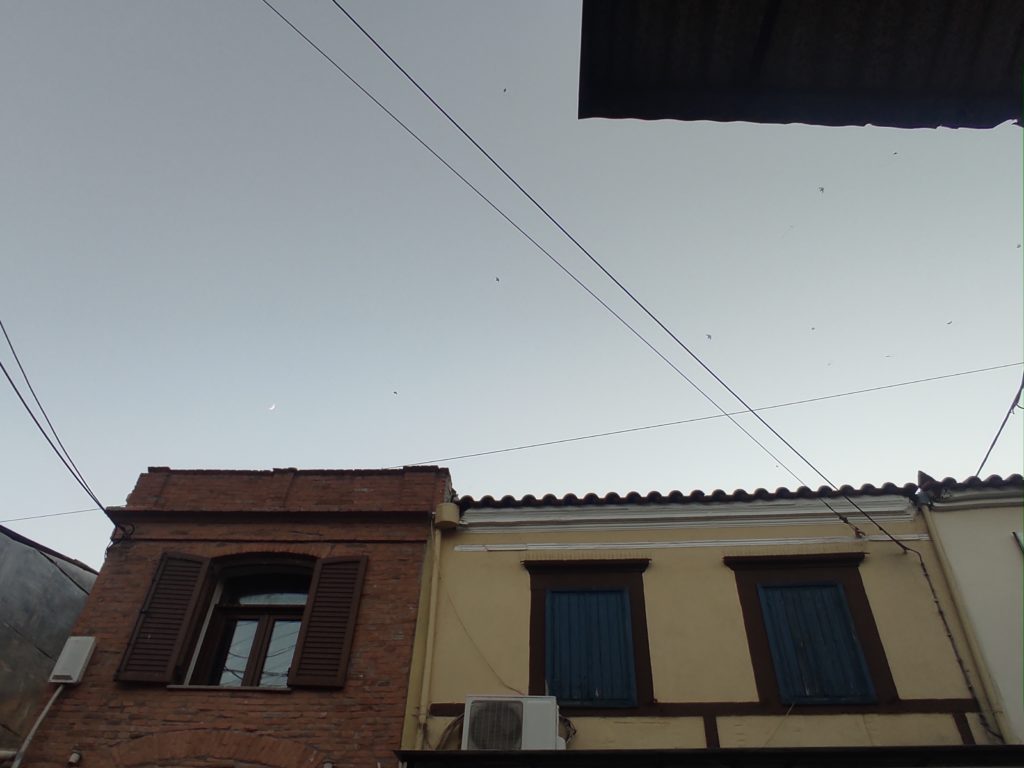
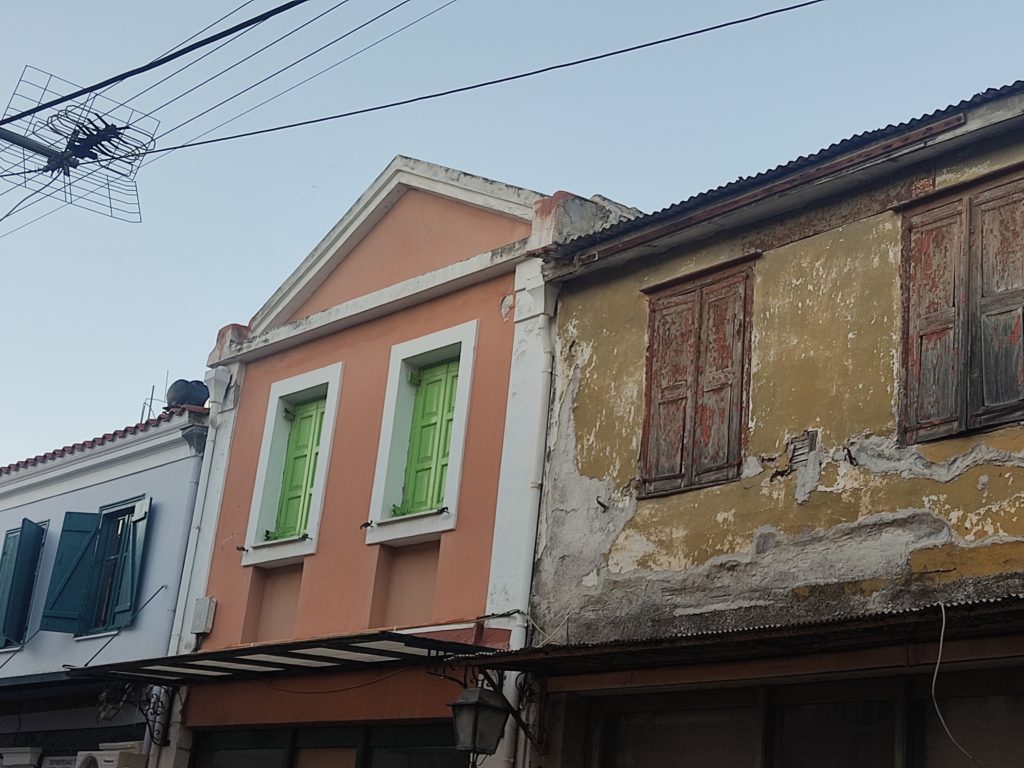

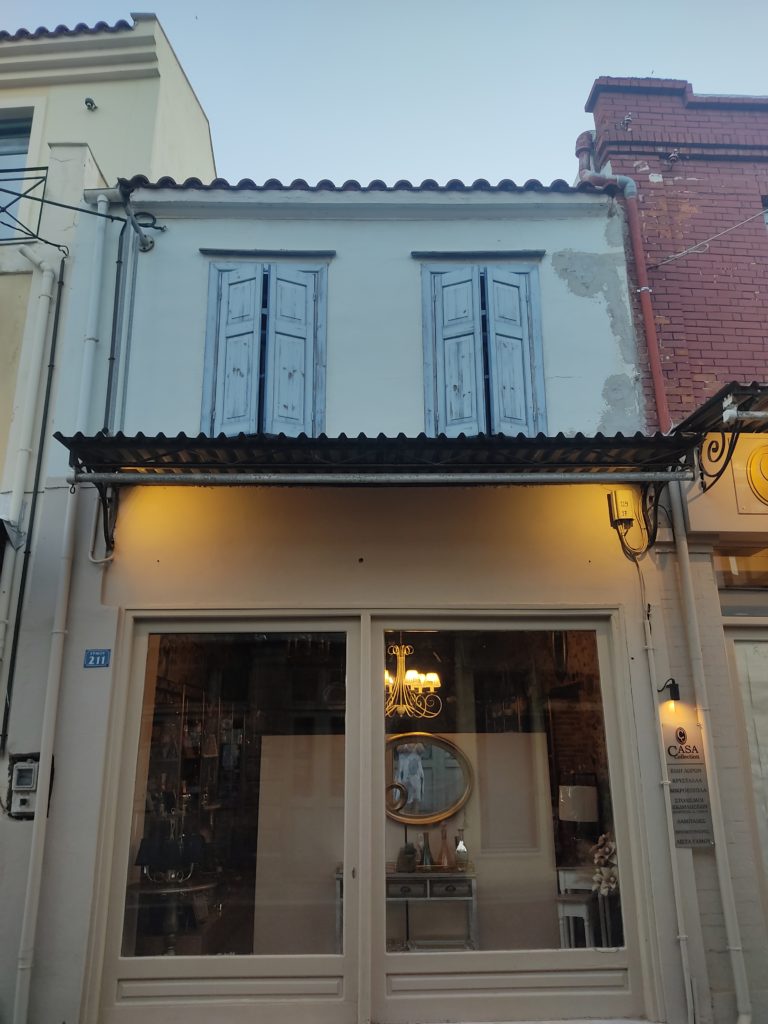

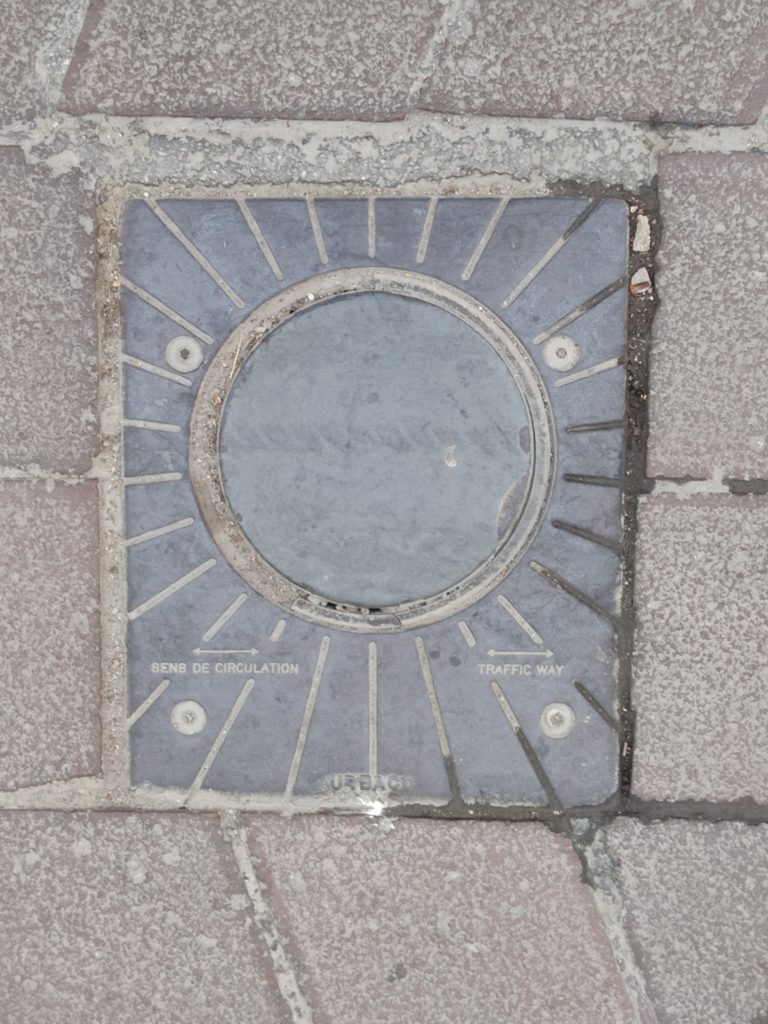
The walking proposition I received was very challenging because it was very simple. I had to go for a walk looking for squares. It was a direction easy to follow but I immediately found myself wondering if I can find a theory or and idea in that proposition as if just walking and doing something simple is not enough. After all I spontaneously got led to an abstructive idea but the fact that I felt that I had to find one got me thinking. (more on that later, I am still working on it)
So I start walking looking for squares and I found it really fun. At first I was looking in the street, the walls, the buildings, the windows. When I stopped to have a coffee, I was still in the same mode and I started noticing squares all over the place. I took nearly 30 photos of squares from the street and two coffee places I visited and it was interesting finding more and more. I really think I could find a lot more and that thought amazed me.
I started thinking about the reasons why the square scheme is the most common. Is it pretty, easy to manufacture, ergonomic or are we just used to it? In order to continue that thought I had to check if the square was really the most common scheme around me. It wasn’t. When I start looking for circles there were everywhere. As always you see what you are looking for.
Still, I could continue my thought. Why squares and circles are so common around me? Why the tables, the chairs, the plates, the glasses, the flower pots, the mirrors, the clocks are most of the times the one or the other scheme? I don’t have the answer but it is sure fun to imagine a coffee place with glasses that are neither squares nor circles and houses with wavy windows.
Gefsi
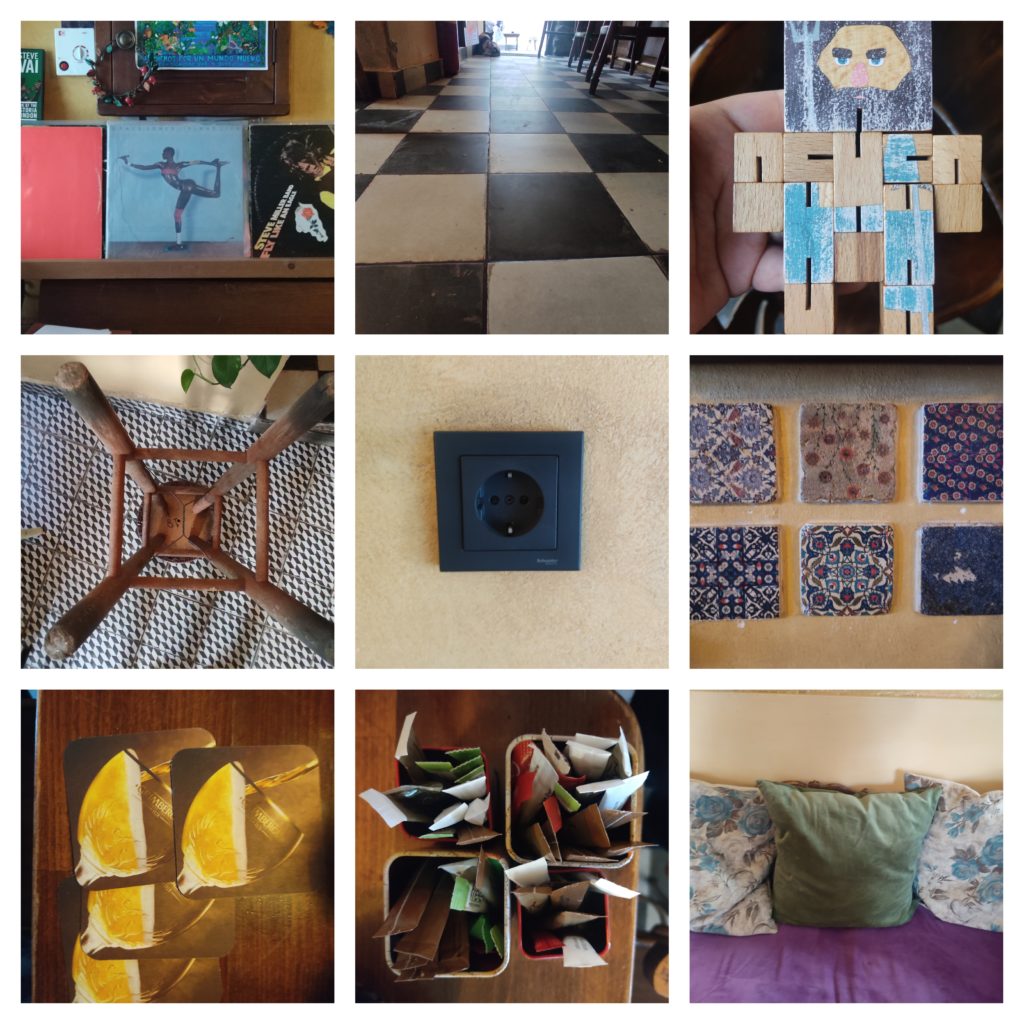

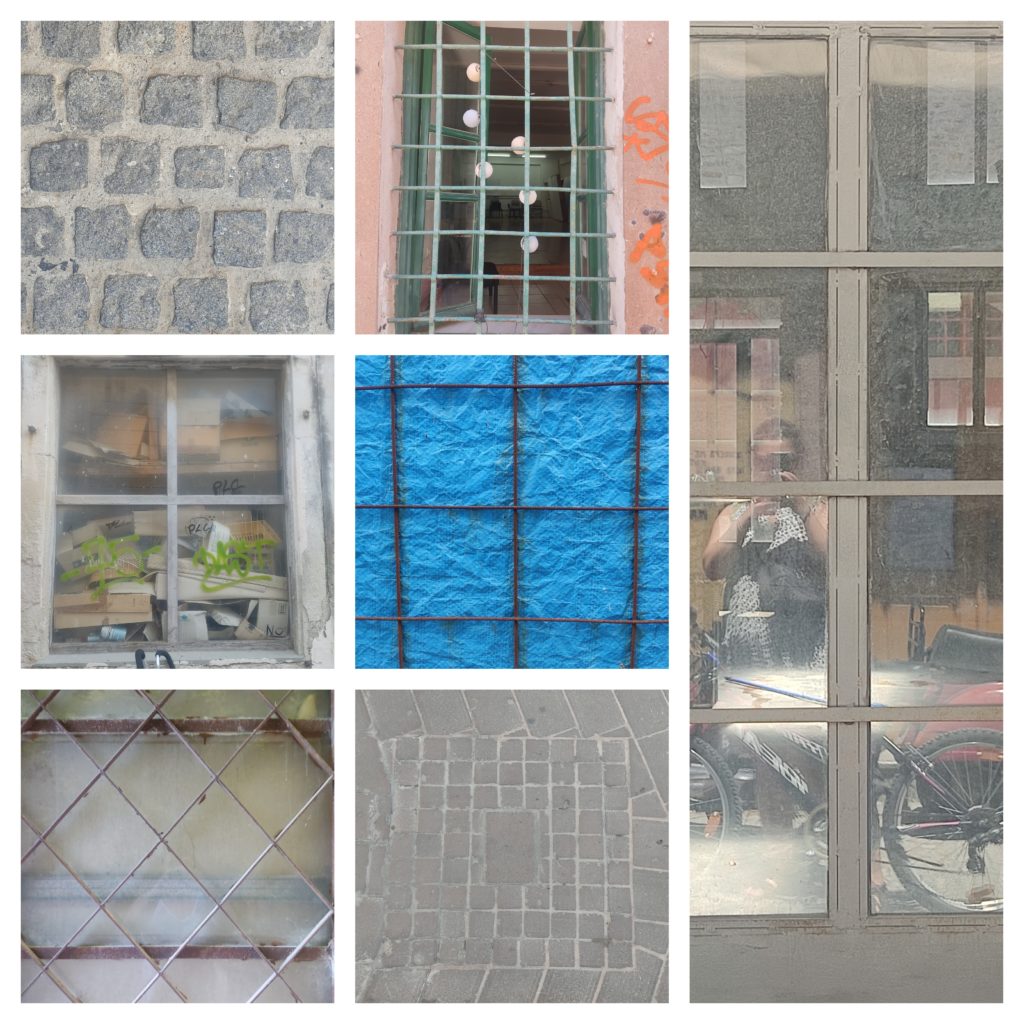
Dear Gefsi, Thank you for sharing your proposition and experiences & reflections! It is also funny how these two propositions are somehow the same: to notice something that you usually don’t. This – to train our attention to notice things; people, shapes, sounds, relations – that we normally don’t pay attention to, is a core feature of both artmaking, research and pedagogy. It also easily contains very critical aspects, such as by asking; who/where are the people we normally don’t see? Why don’t we see them? Are they trying to hide, or do we not want to relate to them? And so forth – in the ‘Walk on borders’ workshop we made in Athens, observing ‘borders’ such as between private and public space is another critical observation we often don’t pay attention to; it is somehow just automatic, and not questioned (particularly when you are not the ones being invisibly kept out). So these are very important abilities to train and questions to raise!